10 Natural Ingredients That Add Sweetness Without the Sugar
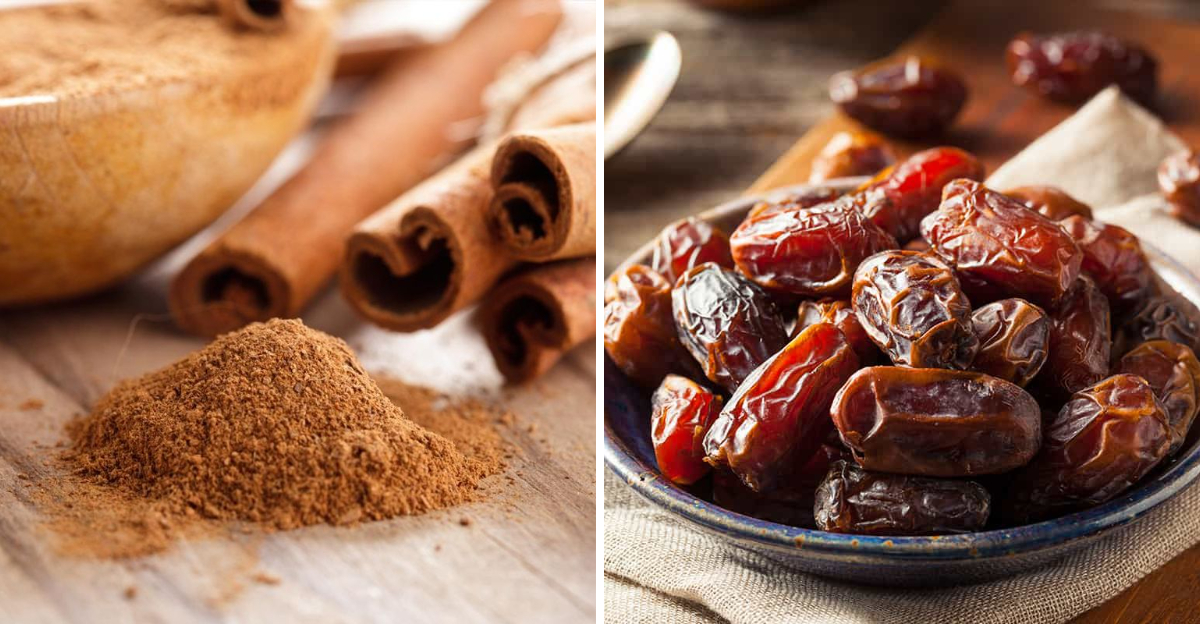
Looking for ways to cut down on sugar but still enjoy sweet flavors. Many people are trying to reduce sugar in their diets while keeping the tastes they love. Luckily, nature provides plenty of gentle, wholesome ingredients that can add sweetness to your food and drinks without using regular sugar. These simple alternatives offer a softer approach to enjoying sweet flavors, making it easier to find a balance between taste and well-being in versatile meals.
1. Stevia Leaves
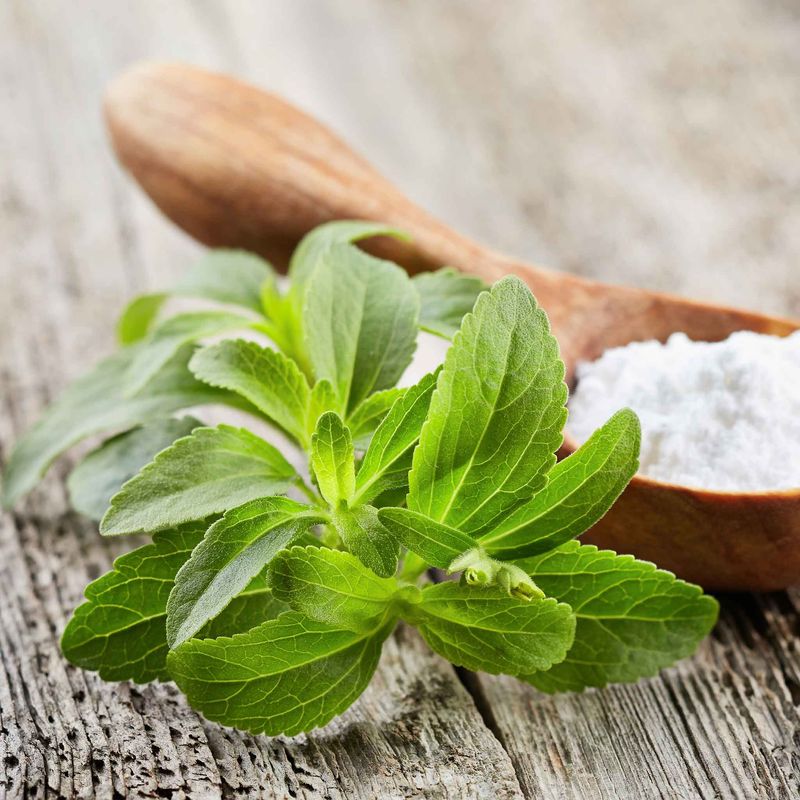
Stevia comes from the leaves of a South American plant and packs a sweet punch with almost no calories. The sweetness in stevia is actually 200-300 times stronger than regular sugar, so you only need a tiny amount. Many people find stevia has a slight licorice-like aftertaste, which works well in drinks but might be noticeable in baking. The leaves can be used fresh or dried, and stevia is available as liquid drops, powder, or granules in most grocery stores. For those watching blood sugar levels, stevia is especially helpful as it doesn’t cause spikes the way regular sugar does.
2. Raw Honey
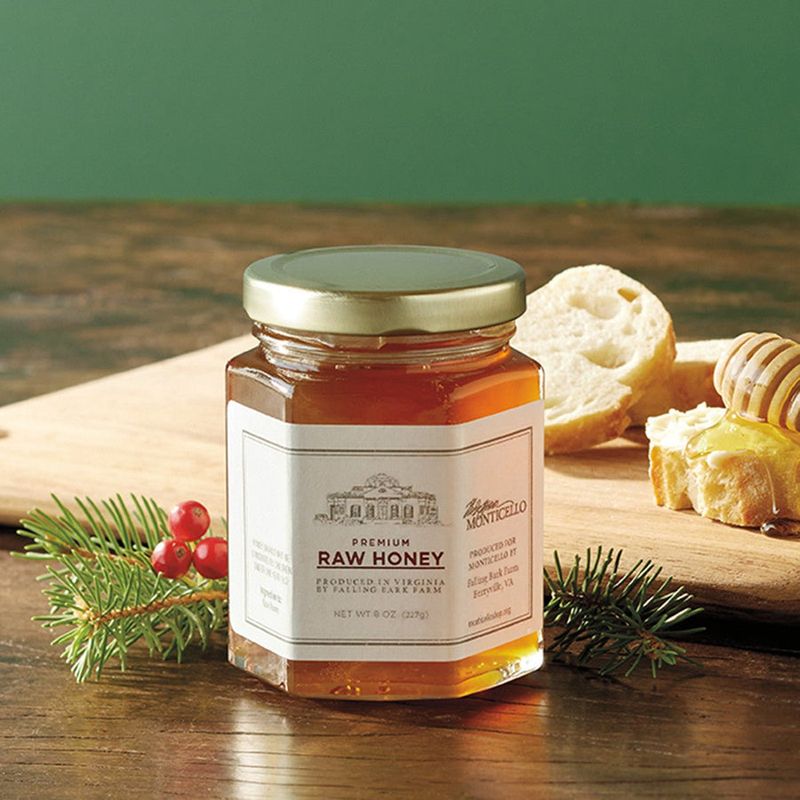
Raw honey brings more than just sweetness to your food – it contains enzymes, antioxidants, and trace minerals that processed honey often lacks. Farmers harvest this golden liquid directly from beehives with minimal filtering and no heating. Beside its rich flavor, honey offers antimicrobial properties that have been valued for centuries in traditional medicine. Try adding a small spoonful to your morning tea or drizzling it over yogurt instead of sugar. Remember that honey is still high in calories and affects blood sugar, so moderation is key when using this natural sweetener.
3. Pure Maple Syrup
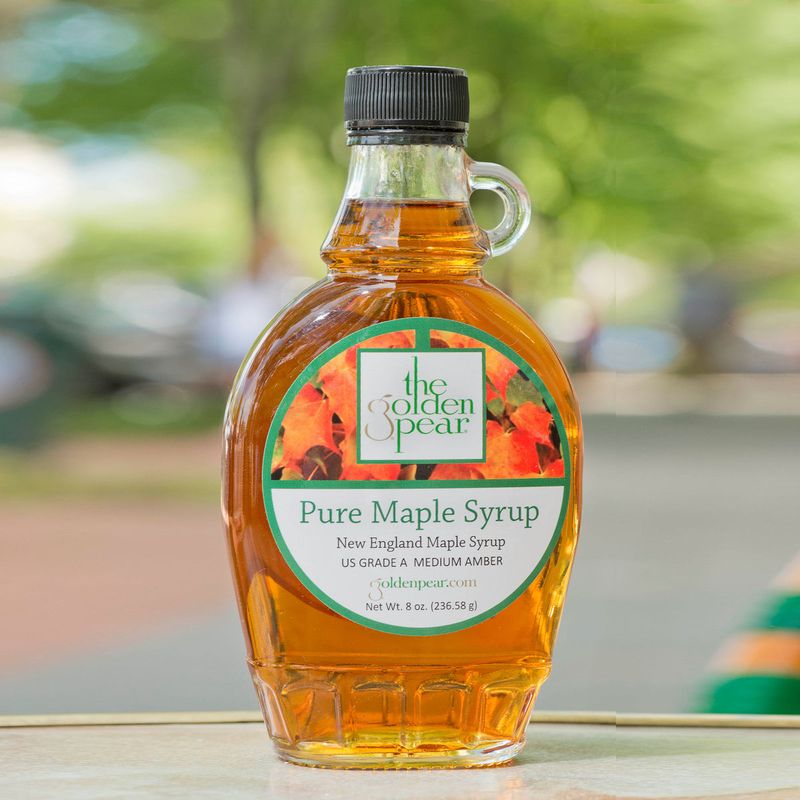
Harvested from maple trees in cold climates, pure maple syrup contains minerals like manganese, zinc, and potassium. The production process involves collecting sap from trees and boiling it down to concentrate the sweetness and flavor. Unlike artificial pancake syrups made with corn syrup and flavorings, real maple syrup has a complex taste with notes of caramel, vanilla, and sometimes a hint of smokiness. The darker the grade, the stronger the maple flavor will be. While maple syrup still contains sugar, its rich flavor means you can often use less to achieve the sweetness you want.
4. Monk Fruit Extract
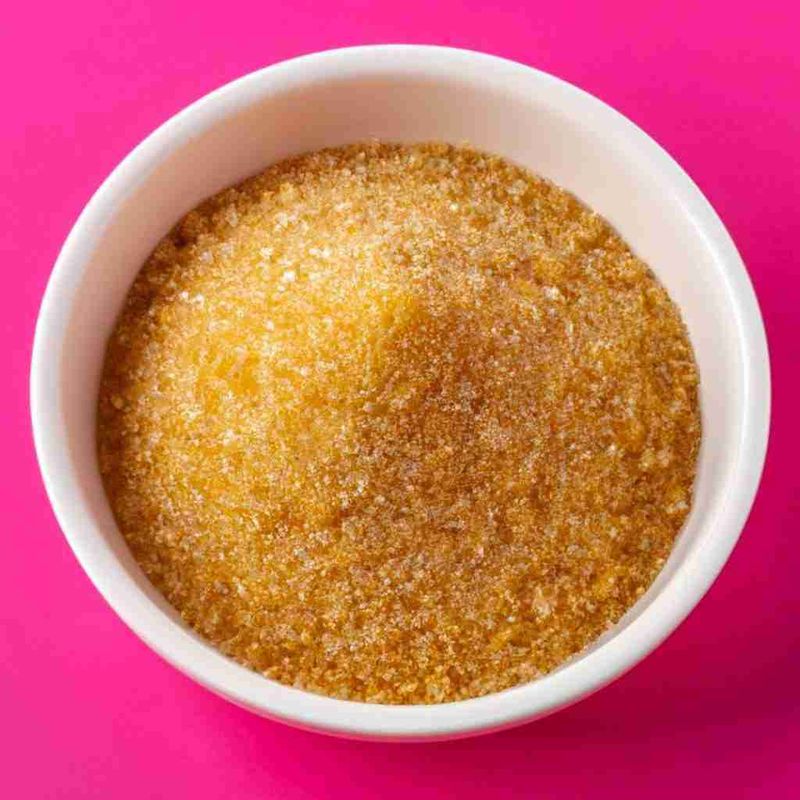
Monk fruit has been used in Chinese medicine for centuries before becoming popular as a zero-calorie sweetener. The extract comes from a small round fruit and contains compounds called mogrosides that provide sweetness without affecting blood sugar levels. Many people prefer monk fruit over other sugar alternatives because it lacks the bitter aftertaste some sweeteners have. You’ll find it in liquid drops, granules, or blended with other ingredients in commercial products. A small amount goes a long way, as monk fruit extract can be 100-250 times sweeter than regular sugar.
5. Cinnamon Spice

Cinnamon provide you taste by perceiving sweetness without any actual sugar. This aromatic bark contains compounds that activate the same receptors that respond to sweet tastes. Adding cinnamon to morning oatmeal, coffee, or yogurt can reduce the amount of sugar you need. The spice works especially well with apple dishes, where its natural sweetness enhances the fruit’s own flavors. Beside its sweetening abilities, cinnamon helps regulate blood sugar levels and contains antioxidants that fight inflammation in the body.
6. Unsweetened Applesauce
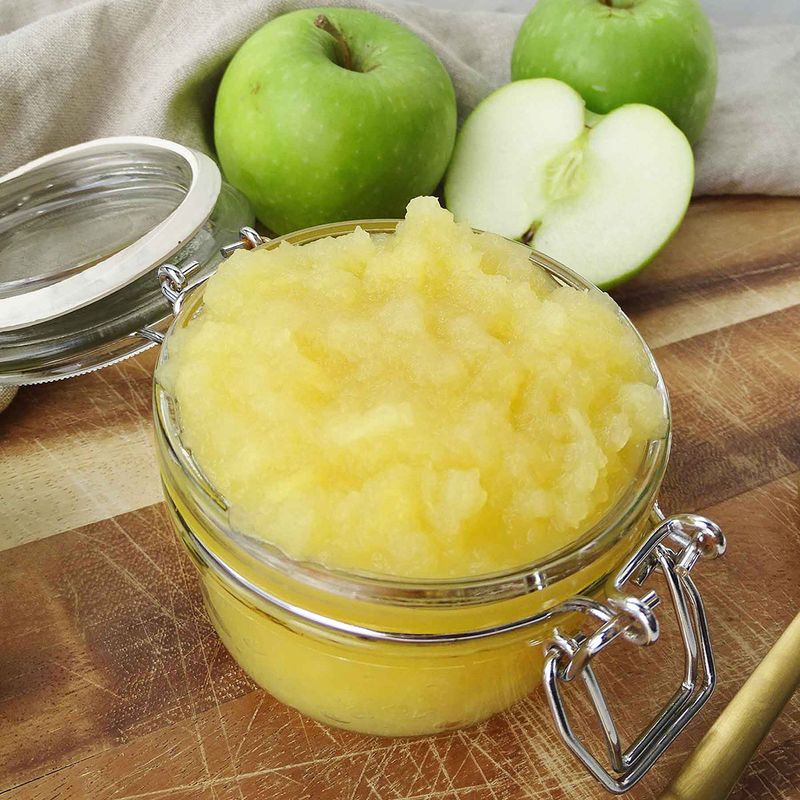
Unsweetened applesauce works as a hidden sweetener in many recipes while adding moisture and reducing the need for oils. The natural sugars in apples provide subtle sweetness without the blood sugar spike of refined sugar. Bakers often substitute applesauce for sugar in muffins, quick breads, and cakes. The ratio isn’t one-to-one, but starting with replacing half the sugar can yield better results. Making your own applesauce lets you control exactly what goes into it. For more flavor, try roasting the apples before pureeing them to bring out their natural sweetness even more.
7. Sweet Beets
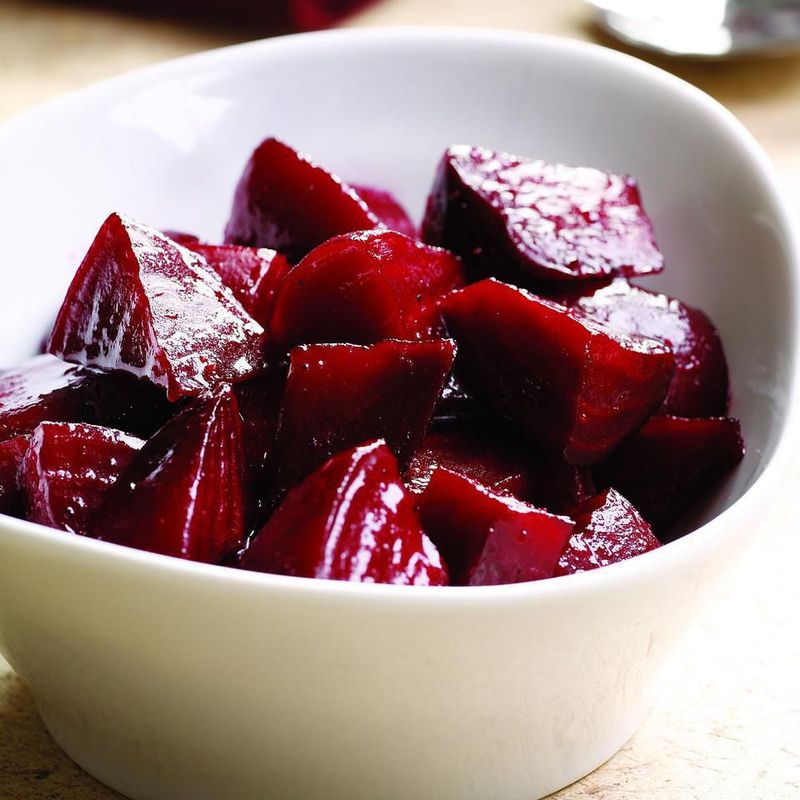
Beets contain more natural sugar than almost any other vegetable, making them an excellent sweetener in disguise. Their earthy flavor transforms into sweetness when roasted or pureed. Try adding pureed beets to chocolate cake batter – they enhance the chocolate flavor while adding moisture and cutting down the need for sugar. The color also makes beets a natural food dye for pink frosting or smoothies. Roasting beets concentrates their sweetness even further, adding caramelized layer that work well in both sweet and savory dishes.
8. Medjool Dates
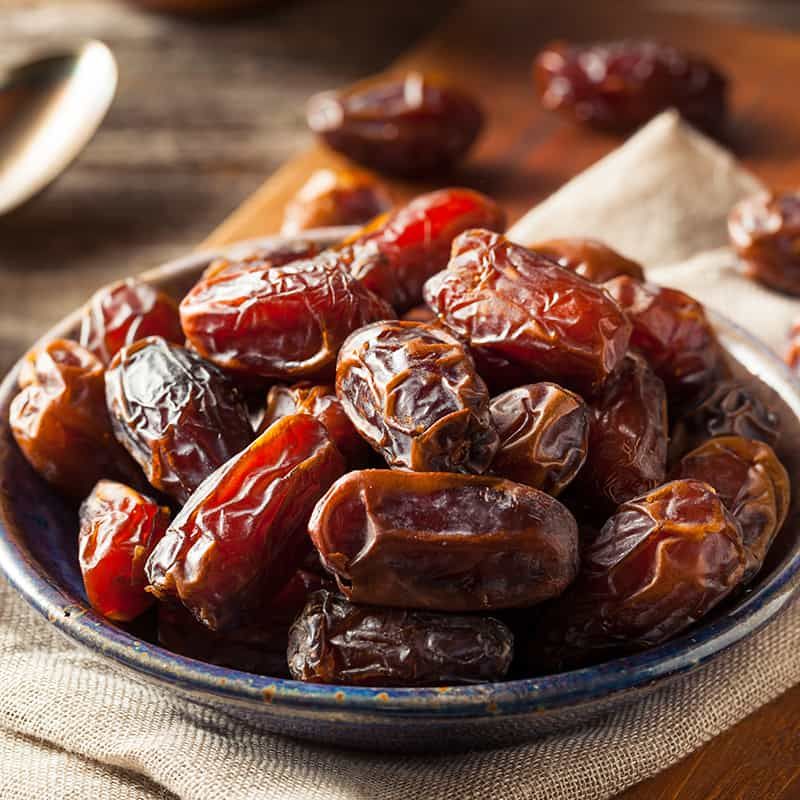
Medjool dates act as nature’s caramels with their sticky-sweet flesh and rich flavor. These fruits contain fiber along with their natural sugars, which helps slow down sugar absorption in your body. Blending soaked dates adds a paste that works well in energy bars, smoothies, and raw desserts. The caramel-like flavor makes them particularly beneficial in recipes that would normally call for brown sugar. Some bakers make “date water” by soaking and then blending dates with their soaking liquid, making a sweetener that can be used in place of liquid sweeteners in recipes.
9. Coconut Products
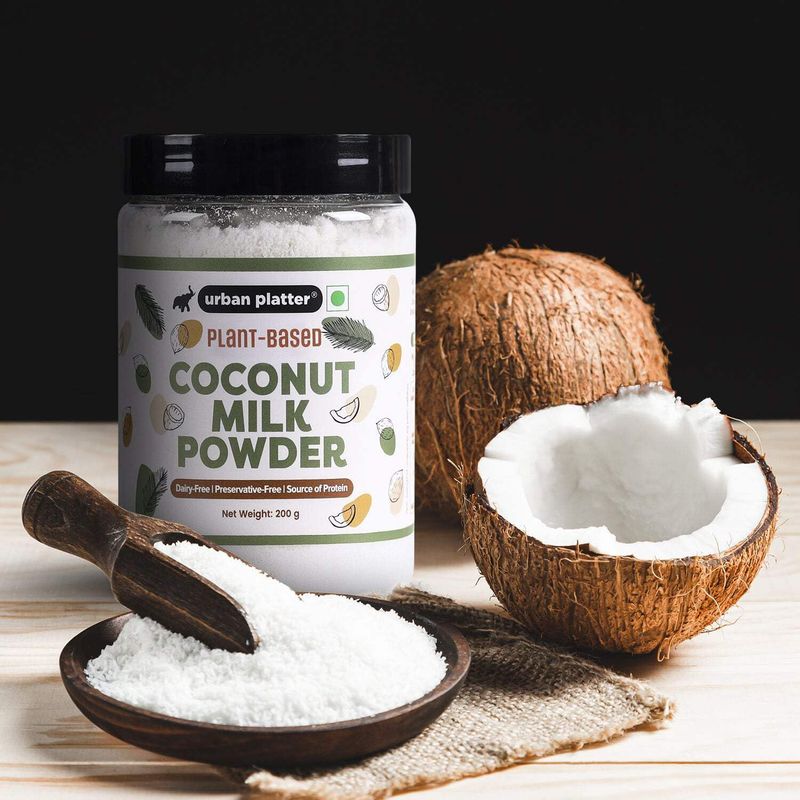
Coconut comes in many forms that add natural sweetness without refined sugar. Coconut milk, coconut cream, and coconut butter all contain subtle sweetness that enhances dishes naturally. Coconut water provides electrolytes along with its light sweetness, making it a better choice than sugary sports drinks. Even unsweetened shredded coconut adds a natural sweet fragrance to baked foods and granola mixes. The medium-chain fatty acids in coconut products give your body quick energy while the natural sugars provide just enough sweetness to satisfy taste.
10. Ripe Bananas
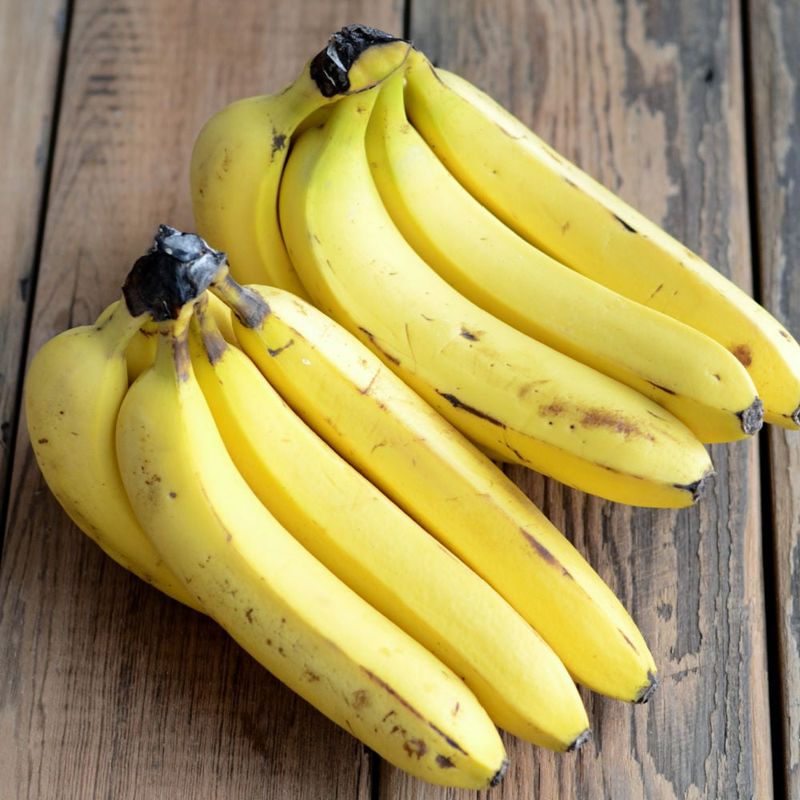
As bananas ripen, their starch converts to sugar, creating a naturally sweet ingredient for many recipes. Those brown spots on very ripe bananas actually indicate higher sugar content and stronger banana flavor. Mashed ripe bananas work wonders in baking, where they add moisture, binding power, and sweetness all at once. Frozen ripe bananas blended into “nice cream” create a sweet frozen treat without added sugar. For maximum sweetness in recipes, look for bananas that have plenty of brown spots but haven’t gone mushy or developed an different smell.
